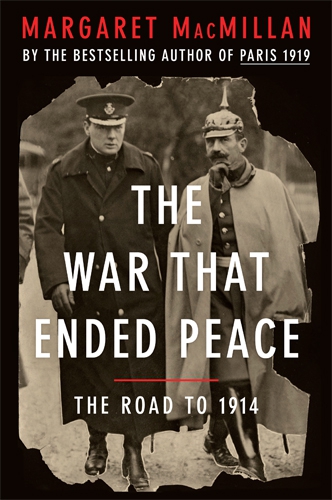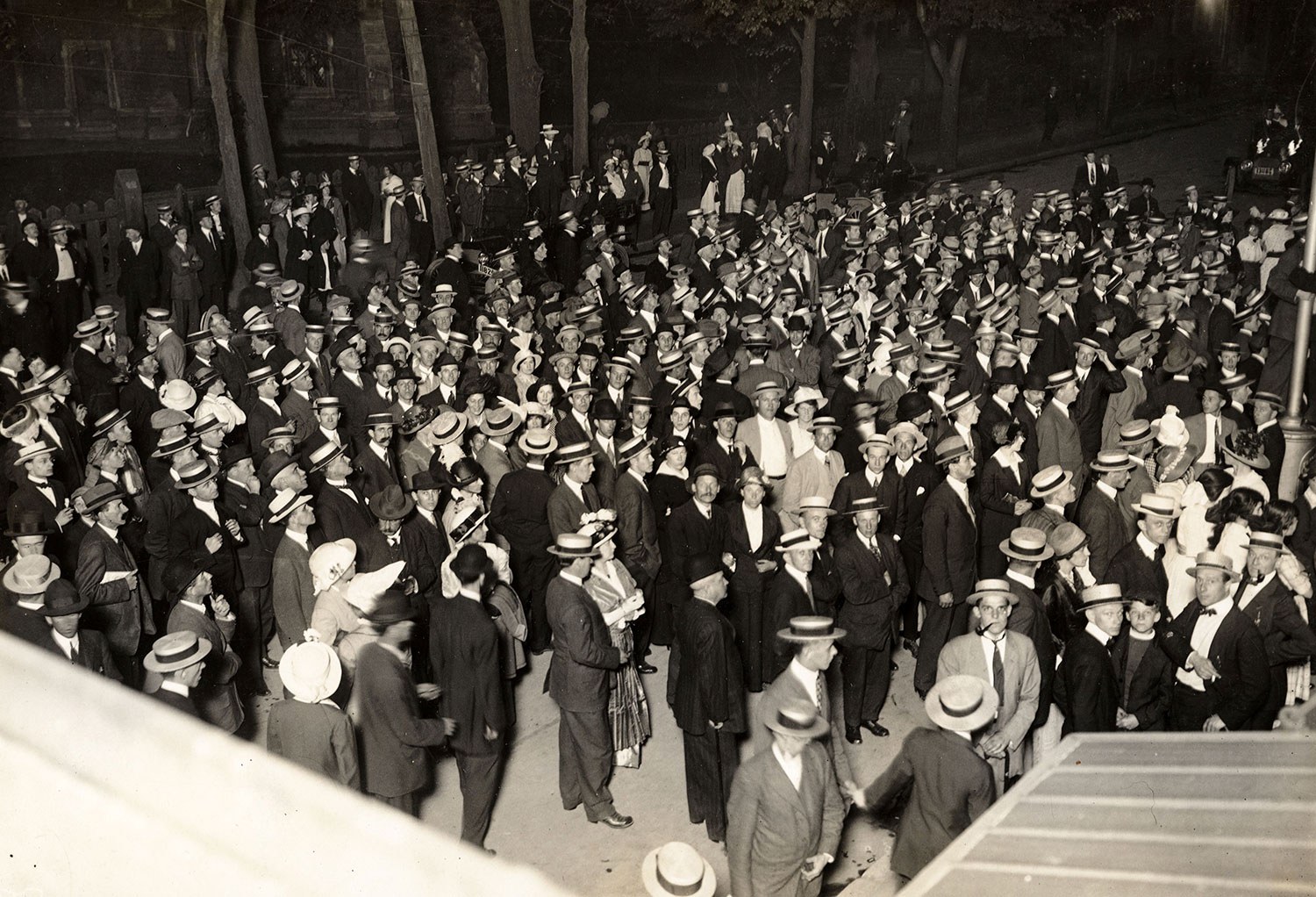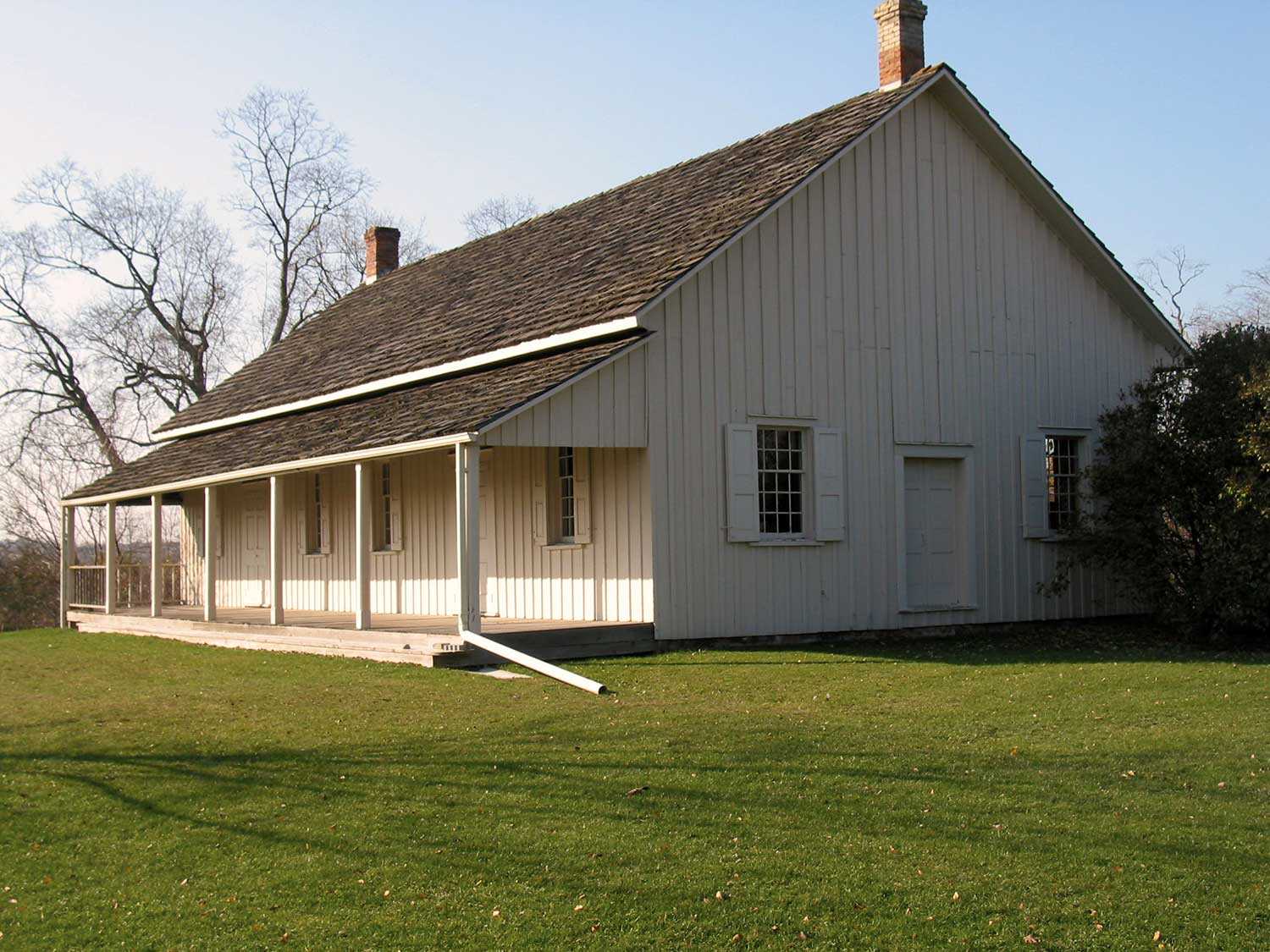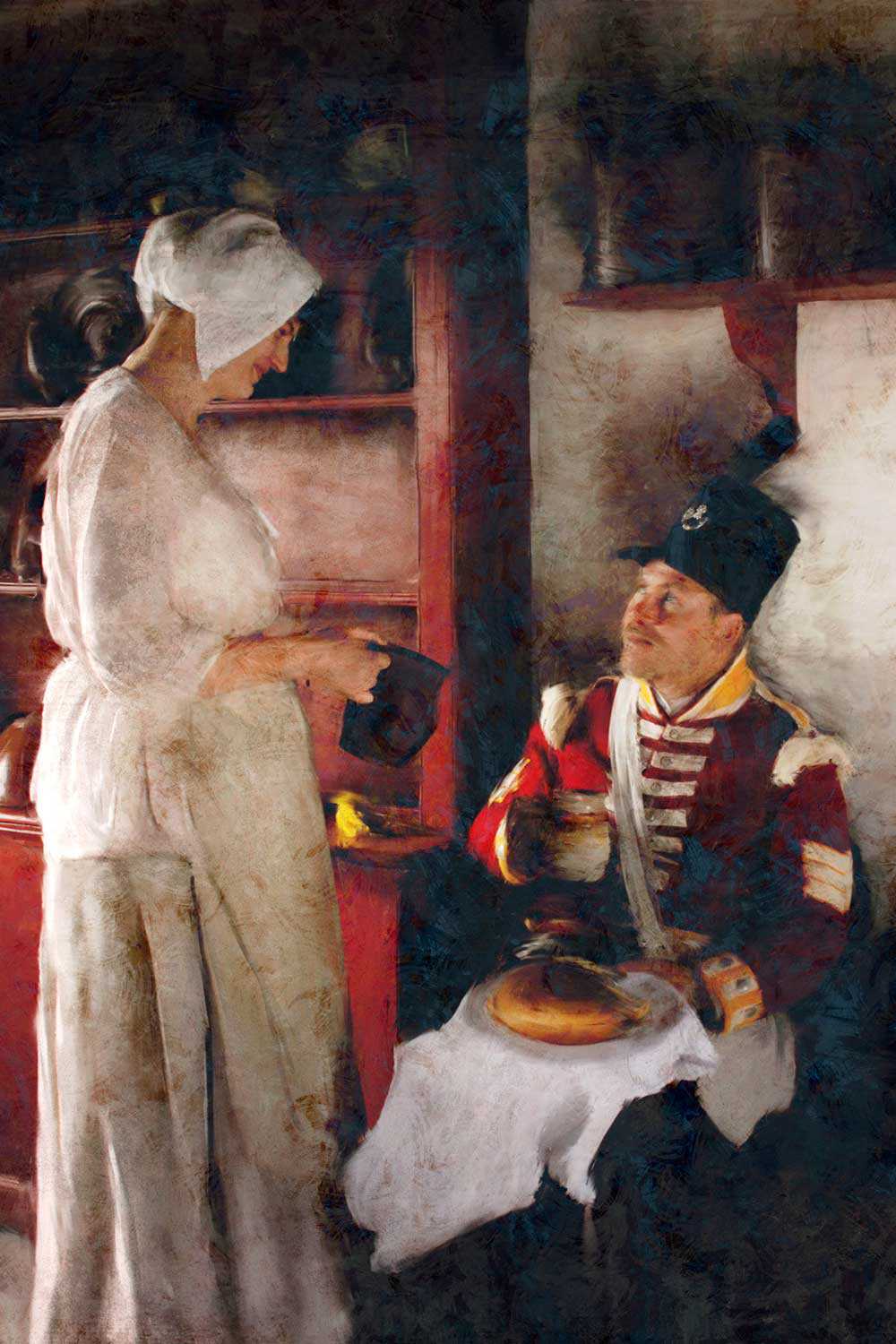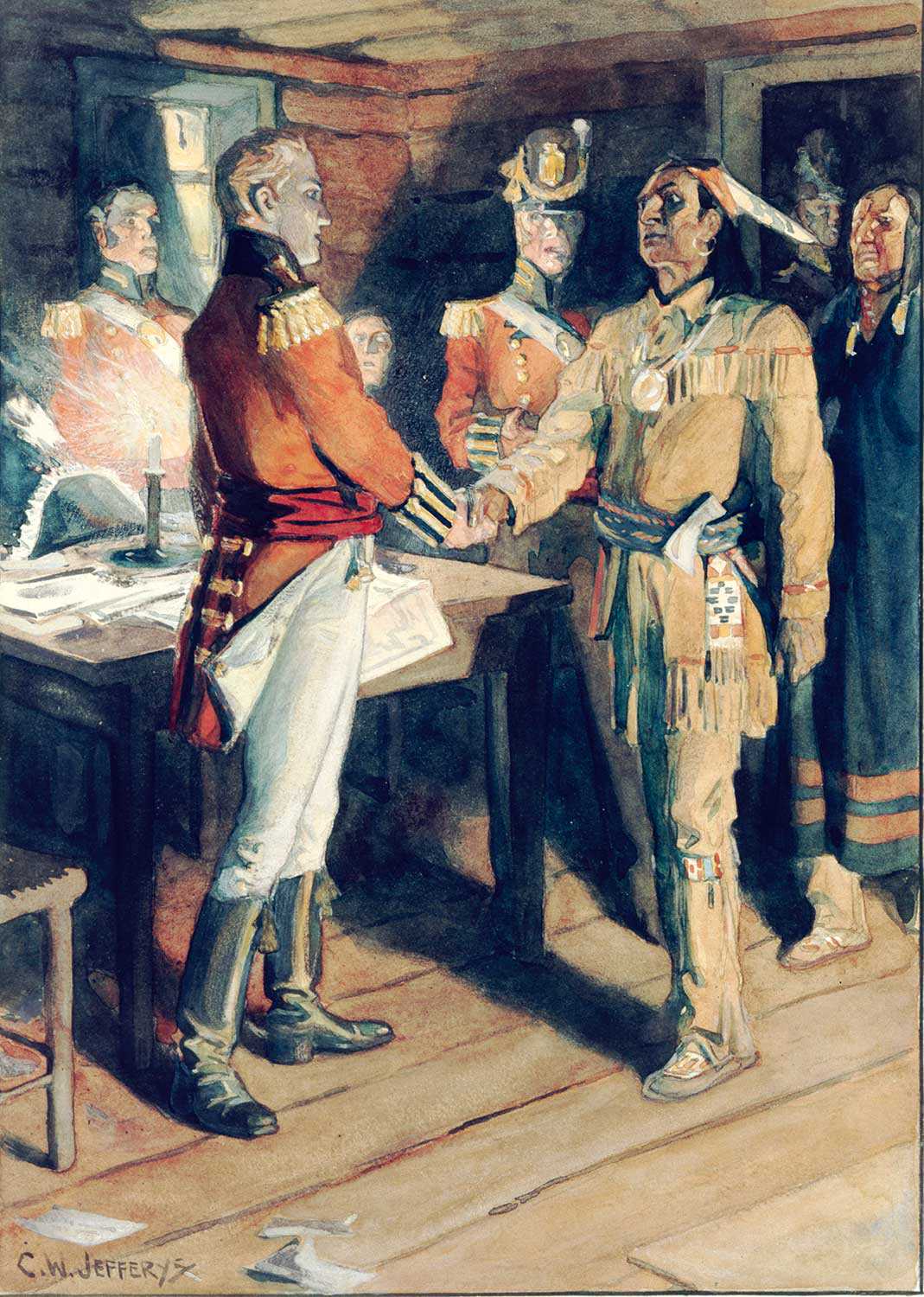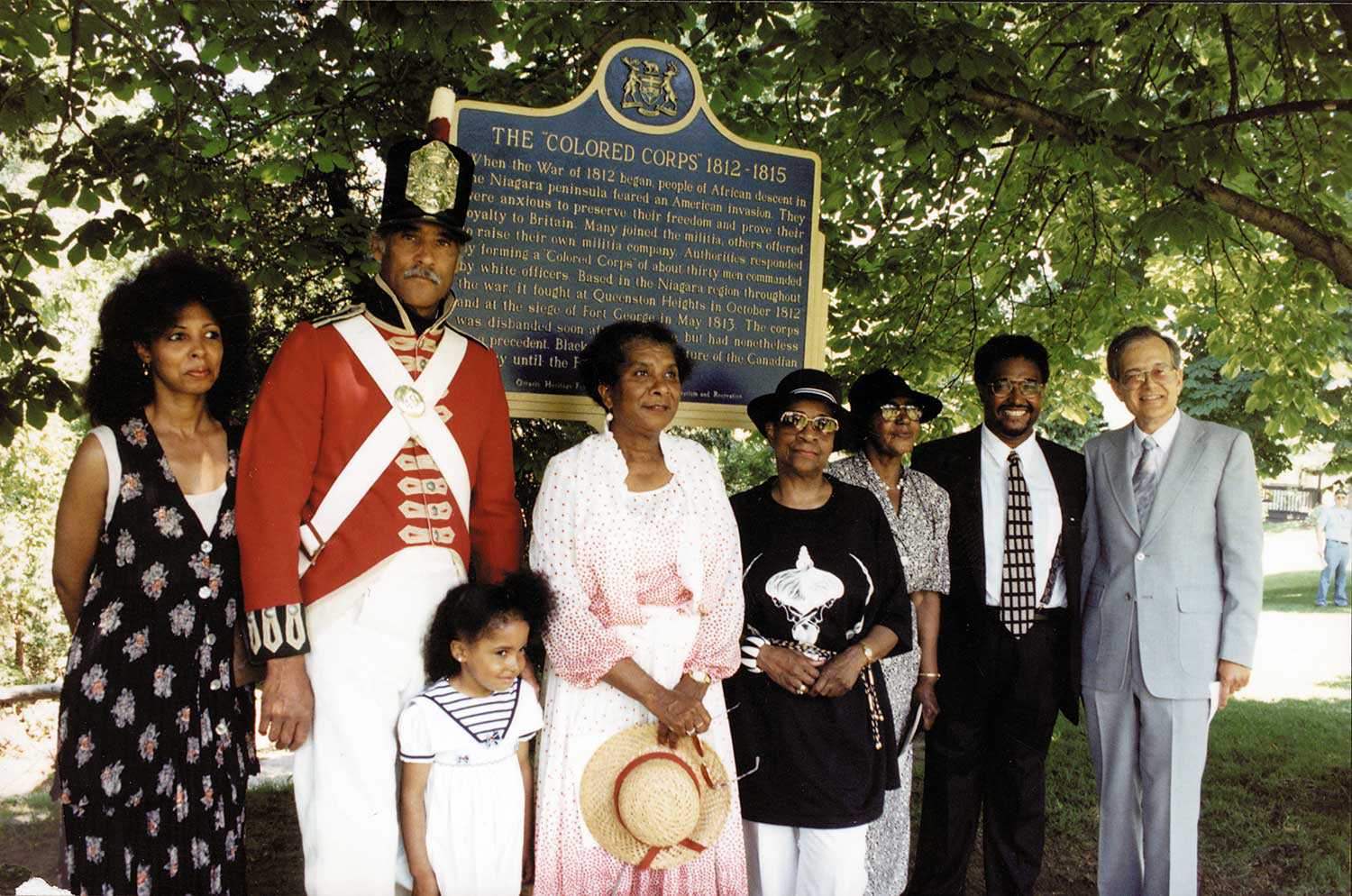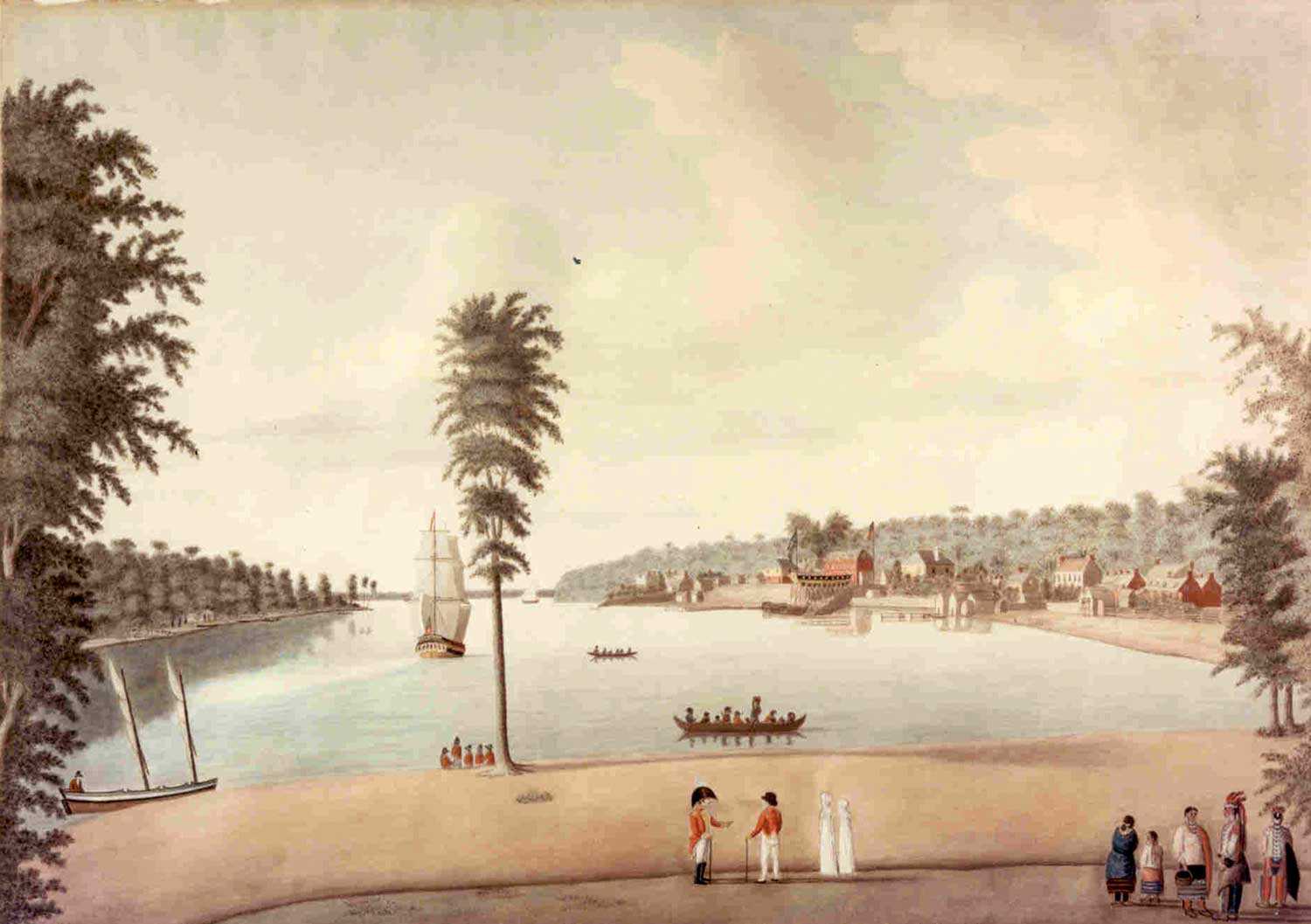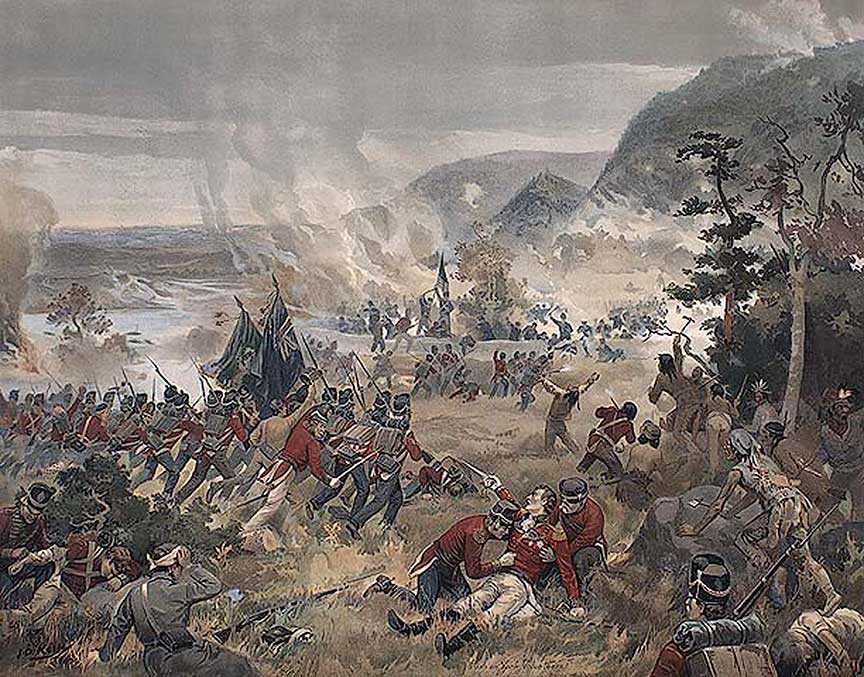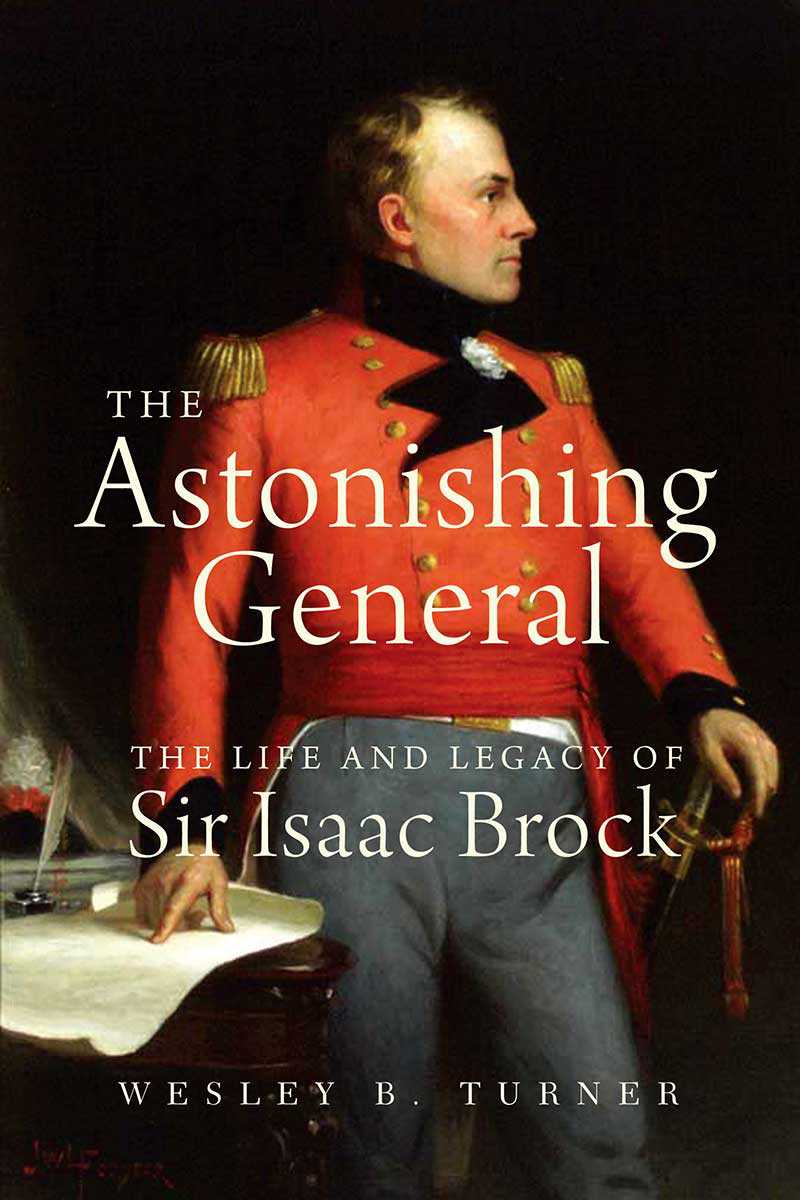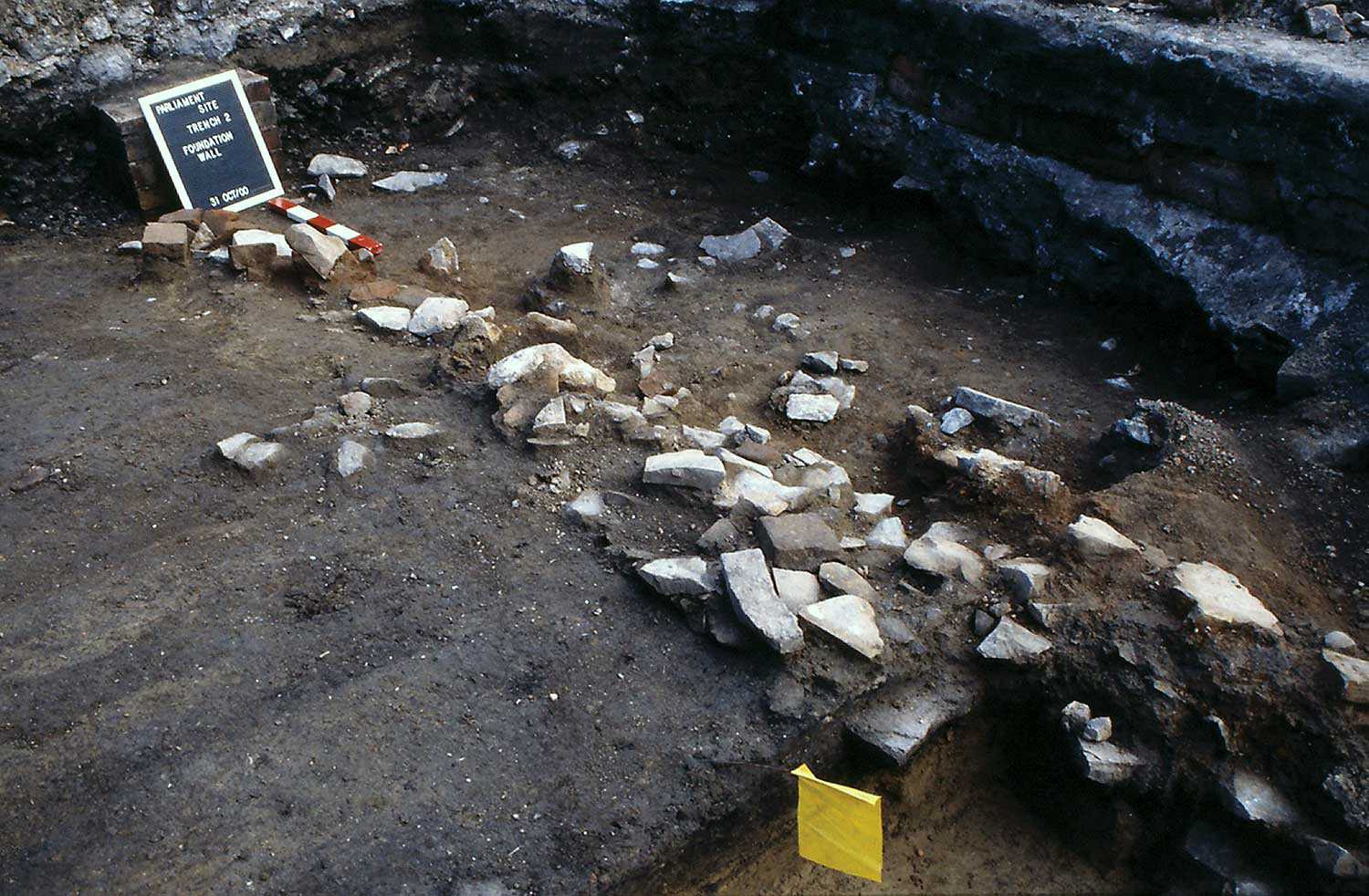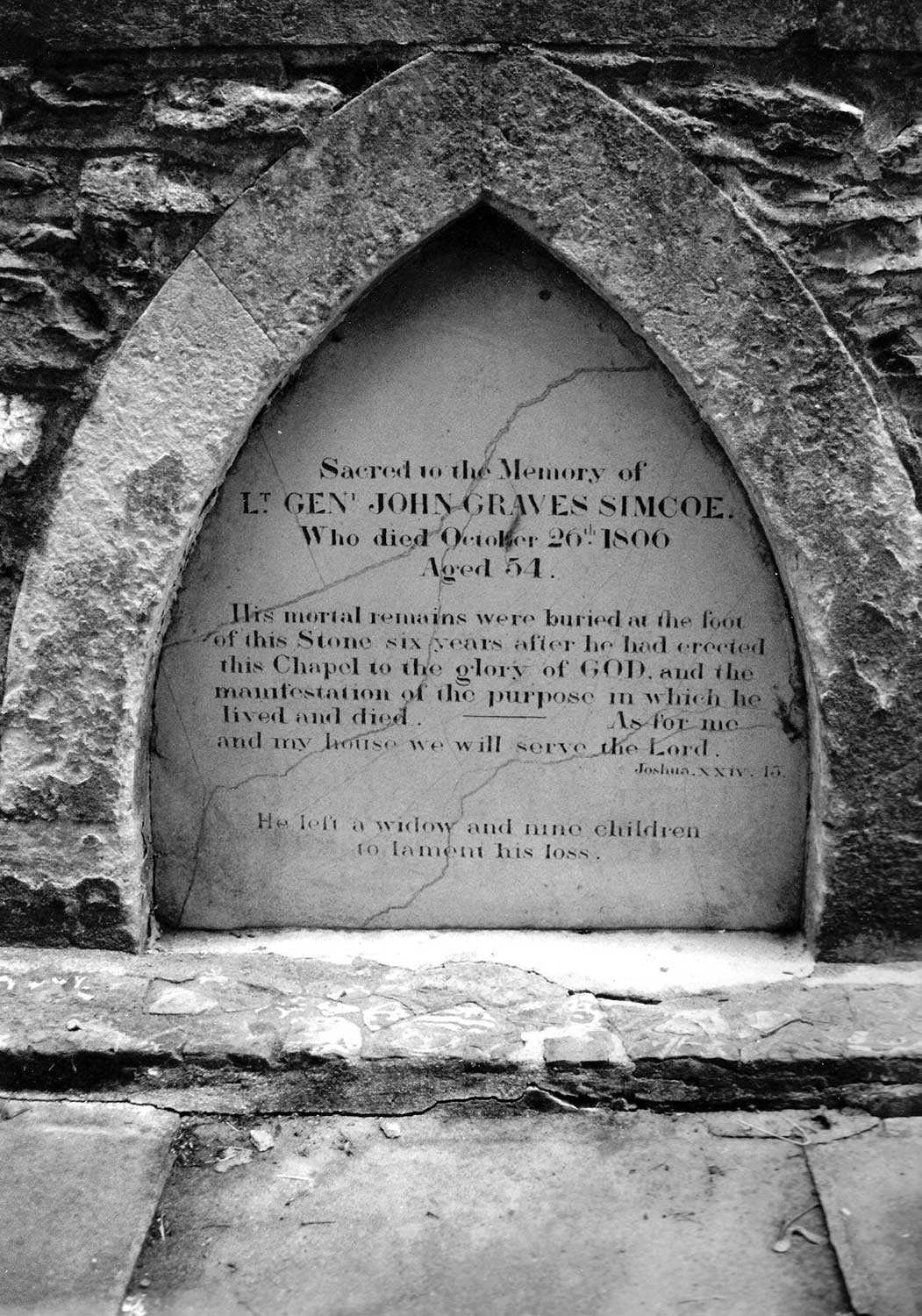

Browse by category
- Adaptive reuse
- Archaeology
- Arts and creativity
- Black heritage
- Buildings and architecture
- Communication
- Community
- Cultural landscapes
- Cultural objects
- Design
- Economics of heritage
- Environment
- Expanding the narrative
- Food
- Francophone heritage
- Indigenous heritage
- Intangible heritage
- Medical heritage
- Military heritage
- MyOntario
- Natural heritage
- Sport heritage
- Tools for conservation
- Women's heritage
Postcards from the battlefield
The War of 1812 touched the Niagara area like no other region in North America. Fighting started along the Niagara River in the summer of 1812 with pot shots across the river and it continued until the end of 1814 with epic battles and siege warfare. The devastation was near complete. Virtually every town and military post along the Niagara River was destroyed in the fighting. Following the war, people returned and began rebuilding, but the war was followed by a worldwide economic depression that slowed progress. The War of 1812 was something most people wanted to put behind them.
But with the increase in visitors to Niagara Falls and the return of veterans, there was renewed interest in the battlefields and forts of Niagara. Brock’s Monument (or more correctly, Brock’s monuments – the first having been destroyed by a bomb and the second opened in 1859) stood out as the official recognition of the sacrifice of 1812. Once the railroad and canals were well established, tourism to the area flourished. Hackney cabs would offer a trip to the battlefields and visitors could scale a tower for a better view of the battlefield of Lundy’s Lane. Pieces of the old forts were taken as souvenirs, or to improve a nearby rock garden. Towns and cities began to encroach on these important places.
Eventually, historians like Ernest Cruikshank began writing seriously about events in Niagara during the war and brought to light the original correspondence of those in the thick of the fighting. Historical societies began to muster their forces to save the sites. Many of the best defenders were women’s groups who were also fighting their own battles to secure the vote and rights for women.
By the beginning of the 20th century, it was clear that Canadians would commemorate the centennial of the War of 1812. Monuments, parades and celebrations were planned for visitors coming from both sides of the border. At the same time, the newly established provincial agency, The Niagara Parks Commission (NPC), began to acquire more property, much of it related to the war. In some cases, it was purchased or even donated; other Crown lands were simply turned over to the Commission. Queenston Heights, Fort George, Fort Erie, Lundy’s Lane and eventually Stoney Creek would be cared for by the NPC. In the 1930s, projects were launched to restore the ruins of 1812, including Fort Erie and Fort George. This work was carried out to bring Canadian history back to life. As Ron Way, the young historian tasked with designing the reconstructions would put it later, “these constitute a very real aid in transmitting to many thousands of persons a true sense of history . . . ” The projects also provided work for those caught up in the Great Depression. Old Fort Erie opened to the public on Dominion Day, July 1, 1939. Two months later, another war would overshadow the celebrations and delay the opening of Fort George.
Over the years, other communities and levels of government have taken on the preservation and interpretation of some of these sites – for example, Fort George by Parks Canada and Battlefield House at Stoney Creek by the City of Hamilton. More recently, the NPC acquired the Laura Secord Homestead and the Chippawa Battlefield. In the past year, infrastructure and visitor facilities at the sites have been updated in an effort to prepare for the bicentennial of the War of 1812. Visitors can travel lake to lake along the beautiful Niagara Parkway and follow a timeline of the war that begins in Niagara-on-the-Lake and ends in Fort Erie. This is the story of the dramatic events of 1812 with personalities that range from heroic Canadian pioneer women, to gallant British Generals, to courageous Mohawk warriors.
Events are planned throughout 2012-2014 and information is available at discover1812.com. A hint for those planning their travels in the coming years: most of the commemorations will take place on, or very close to, the historic dates (many will conveniently fall on a Saturday).
Join us in Niagara over the coming years to commemorate the battles that were fought to defend Upper Canada and to celebrate the enduring peace that both sides won. Those who visit these special places will be carrying on a tradition that reaches back to the war itself.

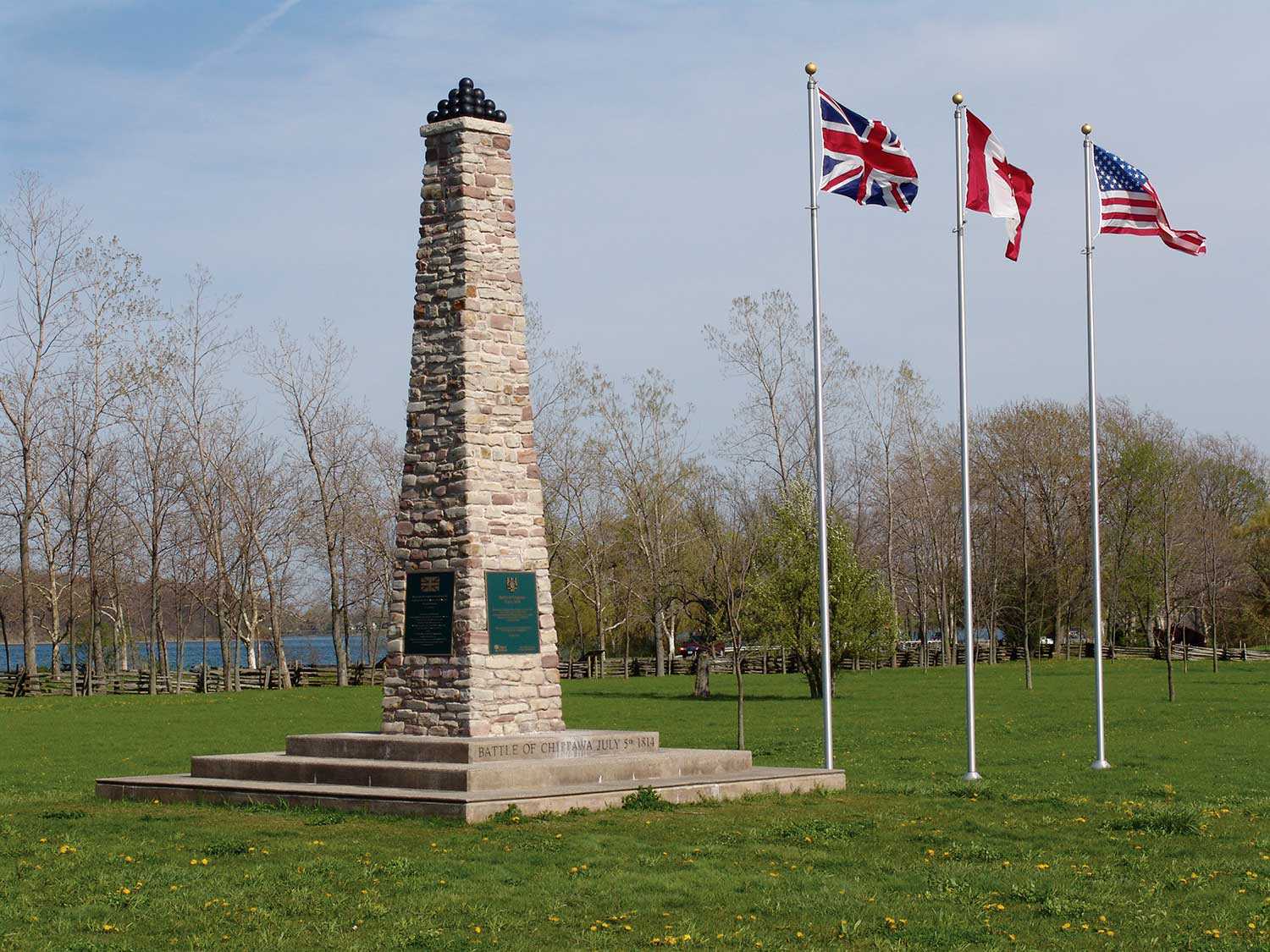
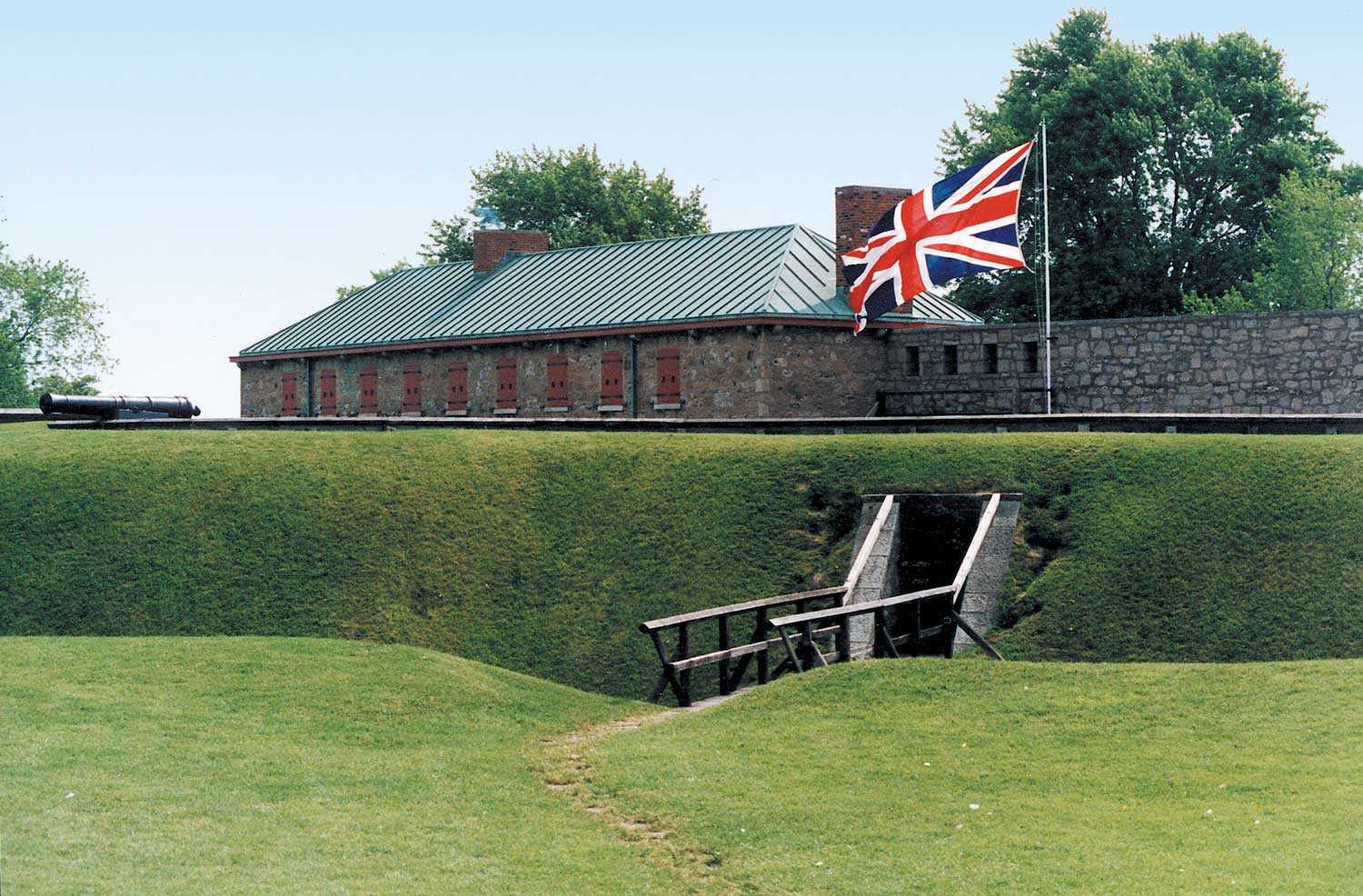
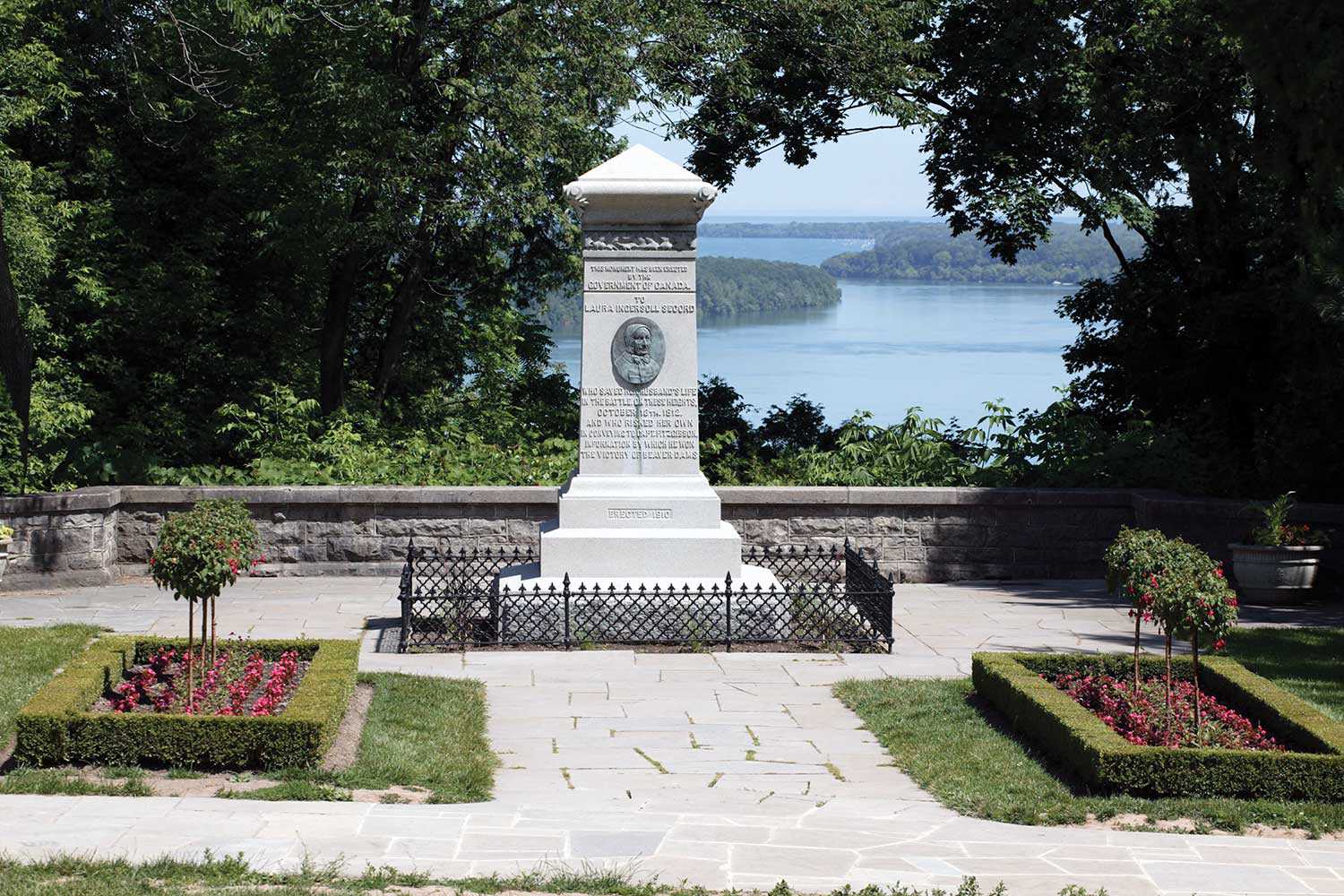
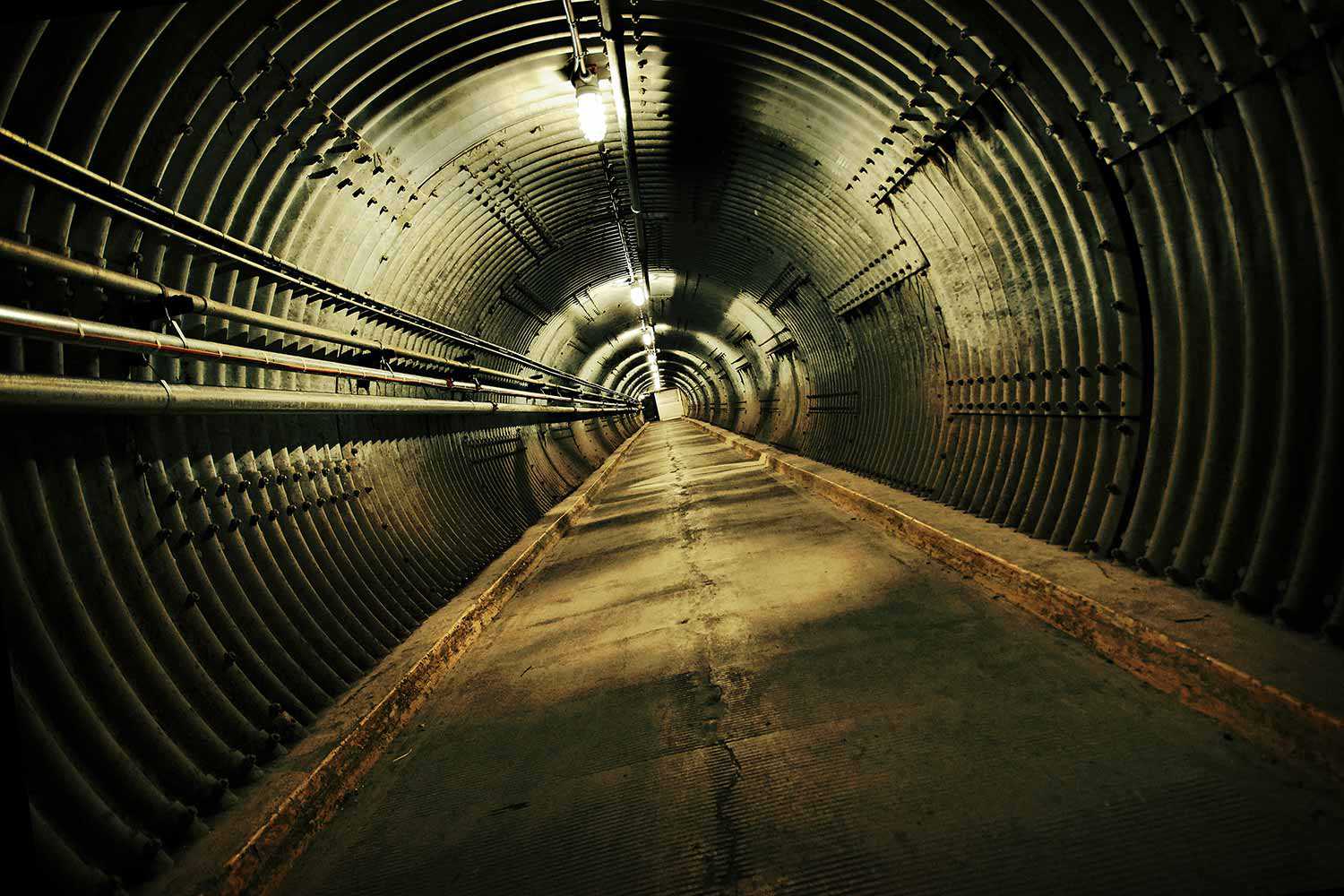
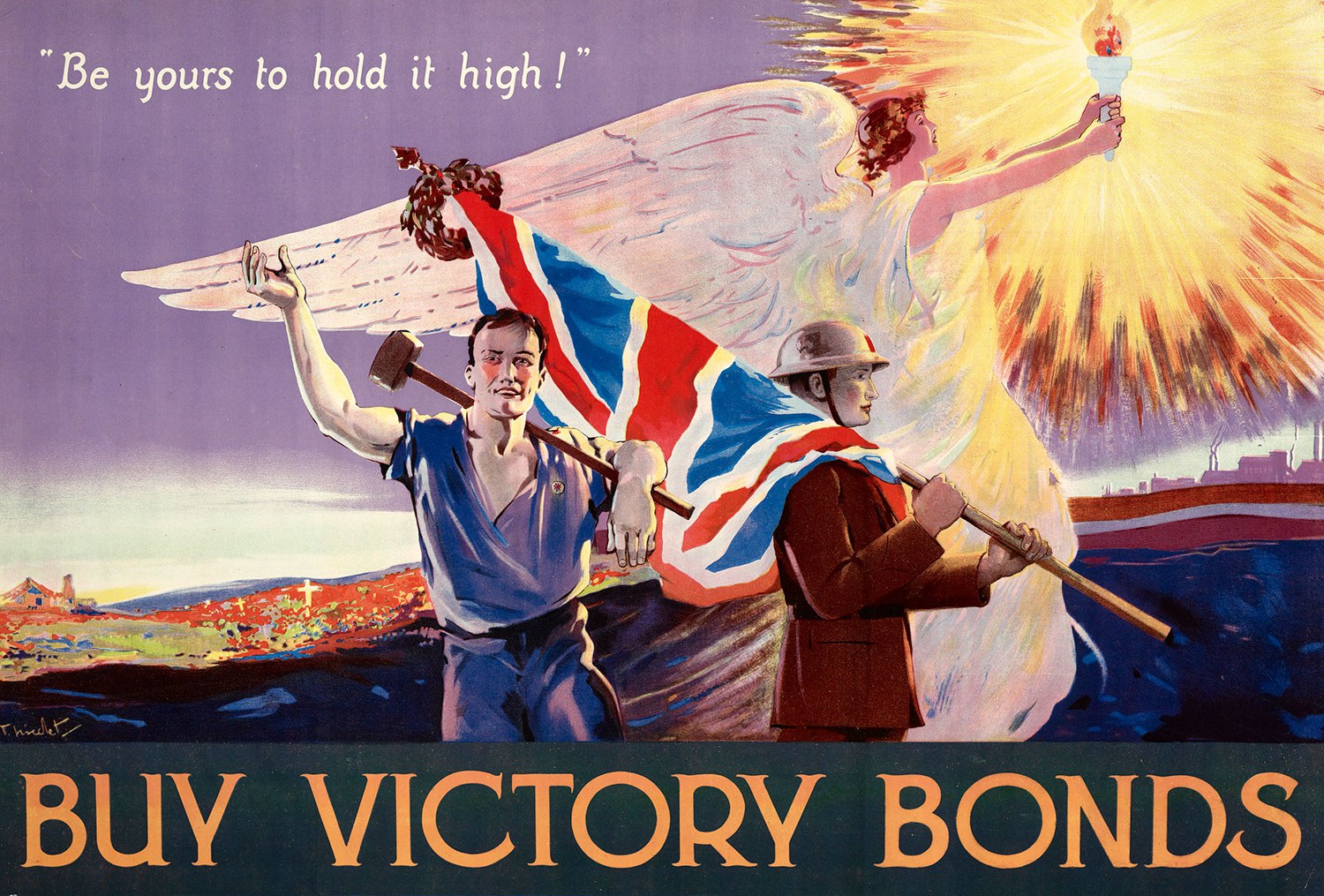
![J.E. Sampson. Archives of Ontario War Poster Collection [between 1914 and 1918]. (Archives of Ontario, C 233-2-1-0-296).](https://www.heritage-matters.ca/uploads/Articles/Victory-Bonds-cover-image-AO-web.jpg)
